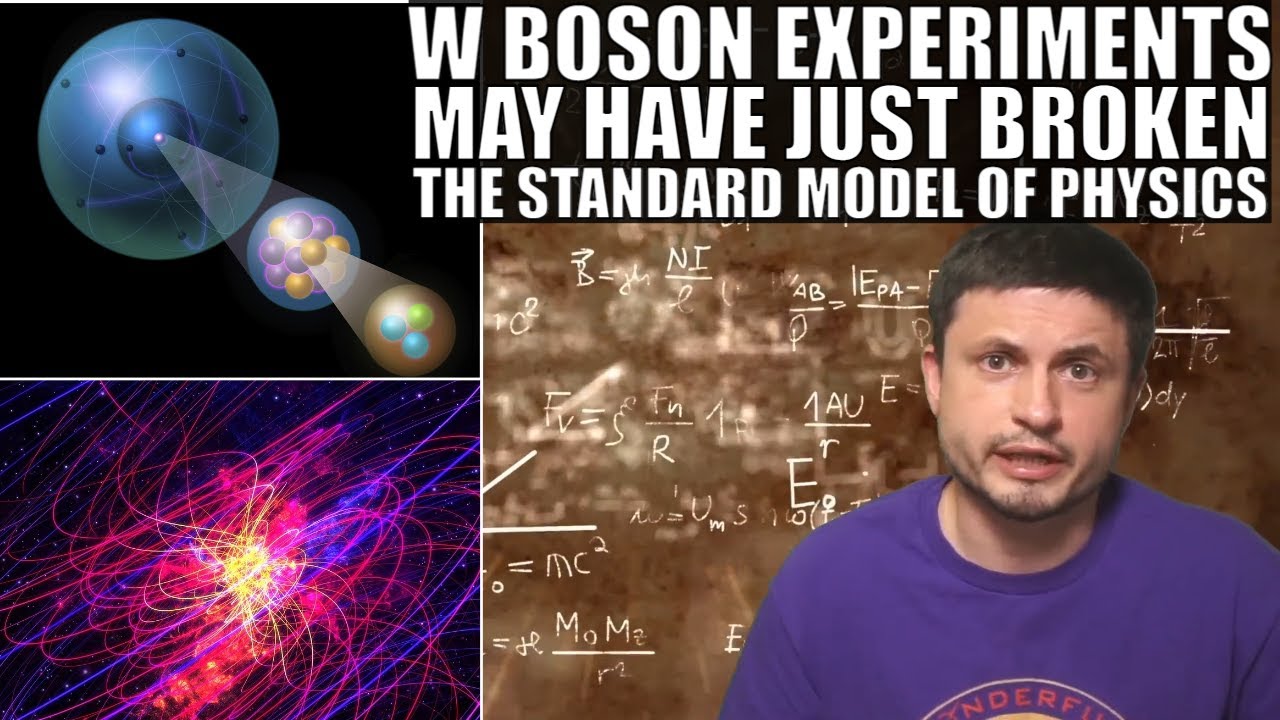The research paper is “High-precision measurement of the W boson mass with the CDF II detector”. Here is the abstract.
The mass of the W boson, a mediator of the weak force between elementary particles, is tightly constrained by the symmetries of the standard model of particle physics. The Higgs boson was the last missing component of the model. After observation of the Higgs boson, a measurement of the W boson mass provides a stringent test of the model. We measure the W boson mass, M_W, using data corresponding to 8.8 inverse femtobarns of integrated luminosity collected in proton-antiproton collisions at a 1.96 tera–electron volt center-of-mass energy with the CDF II detector at the Fermilab Tevatron collider. A sample of approximately 4 million W boson candidates is used to obtain M_W=80,433.5\pm 6.4_{\rm stat}\pm 6.9_{\rm syst}=80,433.5\pm 9.4 ~{\rm MeV}/c^2, the precision of which exceeds that of all previous measurements combined (stat, statistical uncertainty; syst, systematic uncertainty; MeV, mega–electron volts; c , speed of light in a vacuum). This measurement is in significant tension with the standard model expectation.
A popular description of the experiment and its significance is “An upset to the standard model”.
